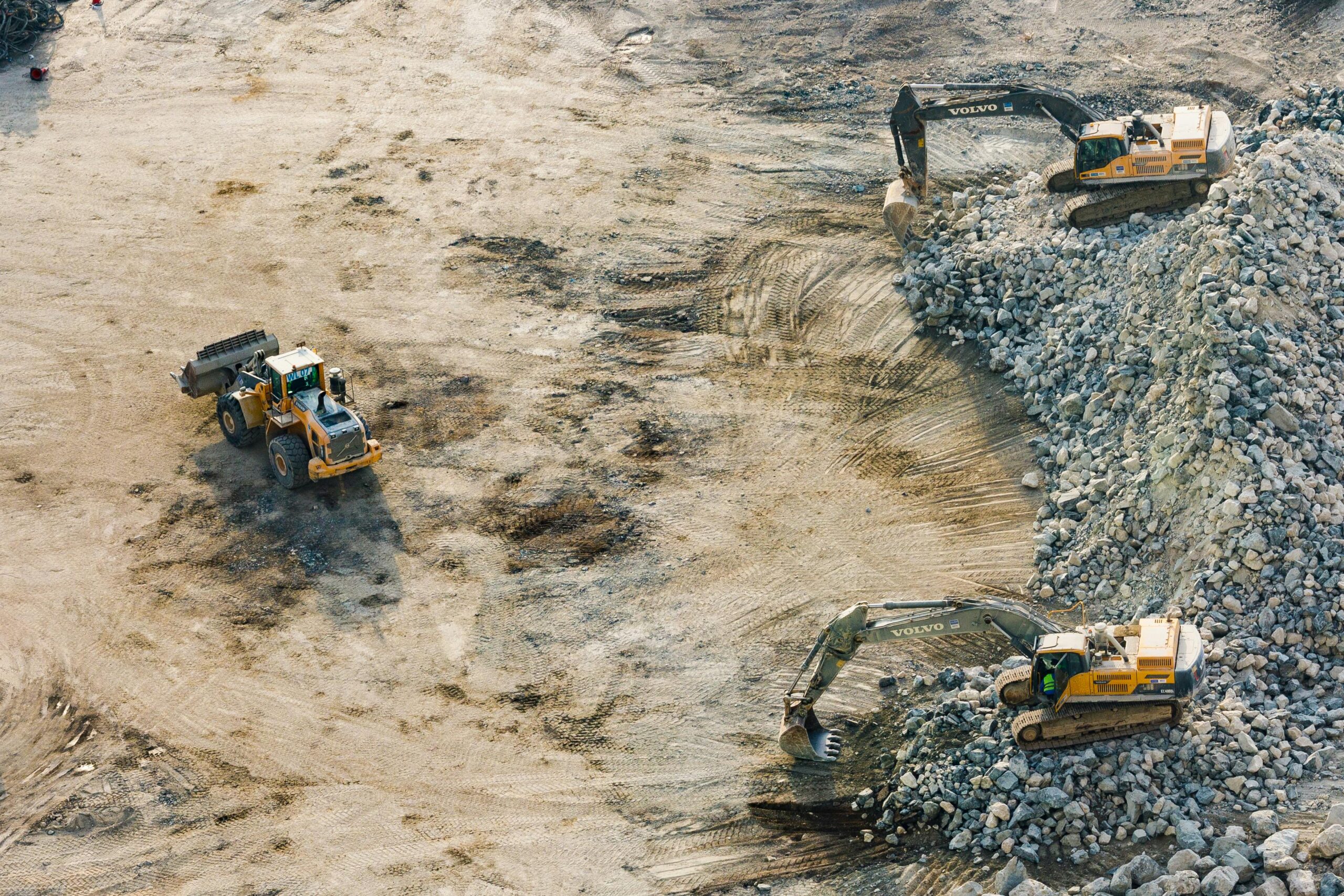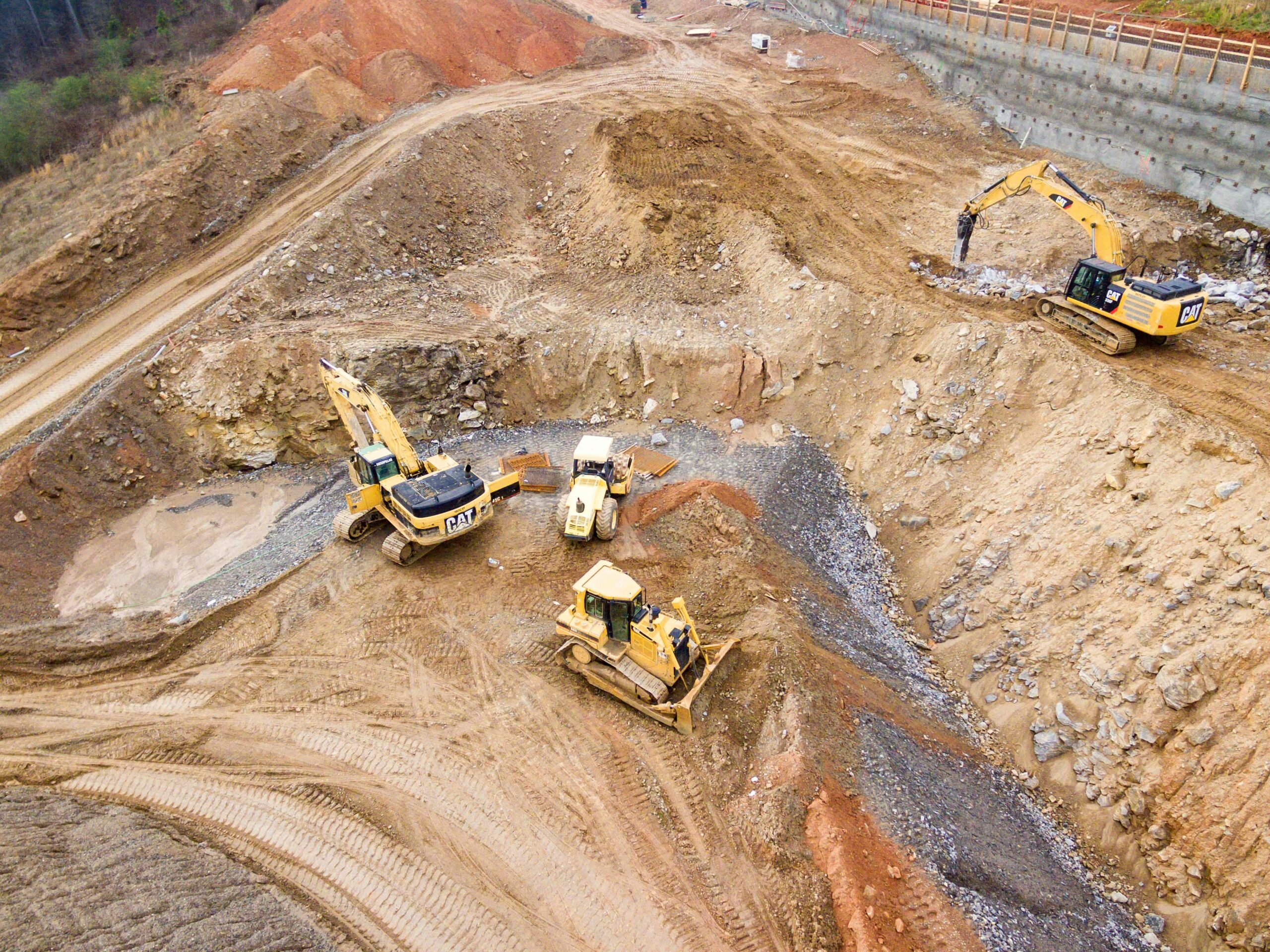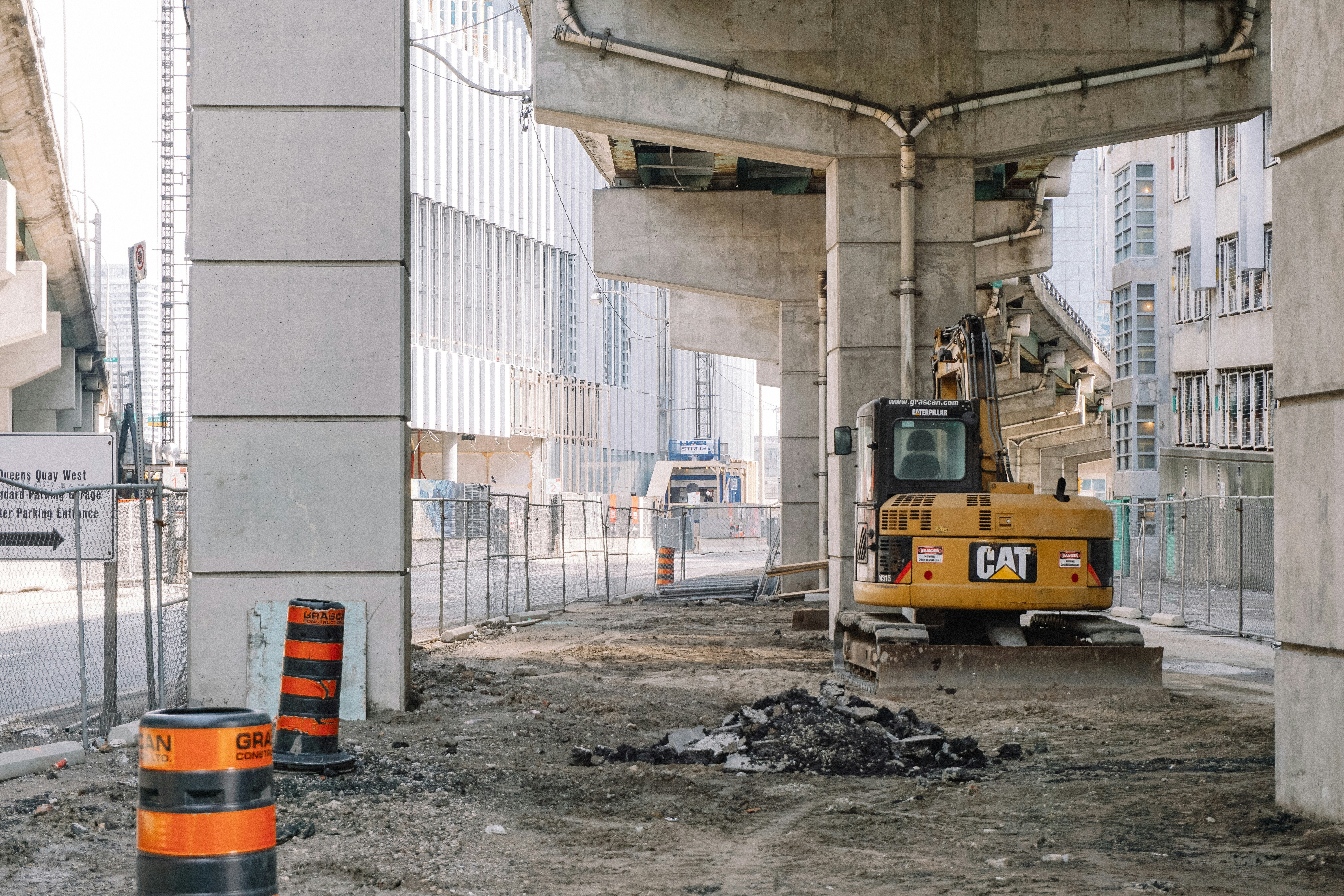5901 Botham Jean Blvd, Dallas, TX 75215
What is Recycling Waste from Renovation Projects?
June 12, 2025Recycling waste from renovation projects involves identifying and separating recyclable materials such as metals, glass, plastics, and wood from construction debris. This process transforms materials that might otherwise be discarded into valuable resources for future construction work.
During renovations of homes or commercial spaces, significant waste is generated. Instead of sending all this material to landfills, proper recycling practices redirect usable components back into the supply chain. This approach to waste management is crucial for reducing the construction industry’s environmental impact.
Common recyclable items in renovation waste include concrete, metal fixtures, and wood framing. These materials retain substantial value even after initial use. A growing network of specialized recycling centers now processes construction and demolition waste, making it easier than ever to recycle renovation materials responsibly.
How Can You Effectively Segregate Waste on Renovation Sites?

Effective waste segregation on renovation sites transforms a chaotic waste management scenario into an organized, efficient process. By categorizing materials into distinct waste streams, valuable resources can be redirected from landfills toward recycling and reuse opportunities.
Establish Dedicated Waste Collection Areas
The foundation of effective waste segregation begins with designating specific areas for waste collection. These areas should be strategically located throughout the renovation site for easy access. Keep collection points away from high-traffic zones to prevent safety hazards while maintaining convenience for workers.
Position larger containers for bulky materials like concrete and wood near demolition areas. This proximity reduces the distance workers need to travel to dispose of heavy materials. For smaller waste streams such as metals or plastics, place collection points near cutting and assembly stations.
Implement Clear Labeling Systems
Clear identification is crucial for successful waste sorting. Use color-coded bins with bold, simple labels visible from a distance. Each waste stream should have its own designated container with consistent labeling across the site.
Standard categories for renovation waste typically include:
- Concrete and masonry (gray)
- Wood materials (brown)
- Metals (blue)
- Plastics (yellow)
- Drywall/gypsum (white)
- Hazardous materials (red)
- Mixed/non-recyclable waste (black)
Supplement visual labeling with pictures of acceptable materials on each bin. This visual guidance helps workers make quick decisions about where to place different types of waste.
Provide Comprehensive Worker Training
Even the best waste segregation system will fail without proper training. Schedule dedicated sessions for all site personnel to explain the waste management plan. Make these sessions mandatory for new workers before they begin on site.
Training should cover identification of different materials, proper handling techniques, and the importance of preventing cross-contamination. Share concrete examples of how proper segregation leads to cost savings and environmental benefits. Regular toolbox talks can reinforce these principles throughout the project.
Monitor and Adjust Your System
Consistent monitoring ensures your waste segregation system remains effective. Conduct regular inspections of collection areas to identify any issues with contamination or improper sorting. Address problems promptly by providing additional training or adjusting bin placement.
Track waste diversion rates and share this data with the team. Recognizing successful segregation efforts creates positive reinforcement. If certain materials consistently end up in the wrong containers, consider additional signage or simplified sorting guidelines.
Economic and Environmental Benefits
Proper waste segregation delivers significant economic advantages. Recycling facilities typically charge lower rates for pre-sorted materials compared to mixed waste. Some materials like metals may even generate revenue. By diverting waste from landfills, you’ll reduce disposal fees that continue to rise in most regions.
The environmental impact is equally substantial. Segregated waste streams enable higher recycling rates, conserving raw materials and reducing greenhouse gas emissions. Construction waste represents approximately 30% of landfill volume, so effective segregation makes a meaningful contribution to sustainability goals.
When implemented thoughtfully, waste segregation transforms renovation waste from a costly disposal challenge into an opportunity for resource efficiency and environmental stewardship.
What Are Effective On-Site Recycling Methods for Renovation Materials?

On-site recycling methods are crucial for reducing waste during renovation projects. These techniques allow materials to be processed and reused directly at the job site, cutting transportation costs and minimizing the environmental impact of hauling debris to landfills.
Material crushing is one of the most effective on-site recycling methods. Using portable crushers, teams can transform block stucco, concrete, and masonry waste into valuable aggregate. This processed material serves multiple purposes in construction, functioning as a base for new concrete mixes or as foundation material for pathways and driveways.
Segregating materials at the source creates cleaner waste streams that are easier to recycle. This involves designating specific collection areas for different types of waste. Wood scraps, metal components, and masonry materials each require their own container or zone. Clear labeling and worker education ensure proper sorting, preventing contamination and maximizing recycling potential.
On-site composting offers an effective solution for organic waste management. Wood scraps, paper products, and plant materials can be processed through composting systems on-site. The resulting compost creates nutrient-rich soil amendments that benefit landscaping aspects of the project. This circular approach transforms waste into a valuable resource.
Deconstruction, rather than demolition, allows for greater material recovery. By carefully dismantling structures, teams can preserve the integrity of materials. This methodical approach enables the salvage of items like doors, fixtures, and structural lumber that might otherwise end up in landfills.
Portable processing equipment is key to successful on-site recycling. Mobile grinders can process wood waste into mulch or biofuel, while portable screeners separate materials by size, creating uniform products for specific applications. These machines bring industrial recycling capabilities directly to the renovation site.
Material repurposing is another creative approach to on-site recycling. Old wooden beams can become decorative elements in the renovated structure. Brick and stone from demolished walls might find new life as garden pathways or landscape features. This direct reuse minimizes processing needs while preserving the character and history of materials.
Water recycling systems capture and filter water used during renovation processes. Activities like concrete cutting and pressure washing consume significant amounts of water. On-site filtration allows this water to be reused multiple times, reducing overall consumption and preventing contaminated runoff from leaving the site.
Training and education form the foundation of successful on-site recycling programs. Workers must understand proper material handling, sorting protocols, and the importance of preventing contamination. Regular toolbox talks and clear signage help reinforce these practices throughout the project duration.
The financial benefits of on-site recycling extend beyond waste disposal savings. By processing materials for reuse, renovation projects reduce the need for purchasing new materials. This creates dual cost savings that improve project profitability while supporting environmental goals.
Implementing these on-site recycling methods requires planning and commitment. However, the environmental and economic benefits make this investment worthwhile for projects of all sizes. As regulatory pressure and client expectations around sustainability grow, mastering these techniques becomes increasingly valuable for construction professionals.
How Do You Develop an Effective Renovation Waste Management Plan?

Developing a comprehensive renovation waste management plan requires strategic thinking and careful implementation. The right approach minimizes environmental impact, reduces costs, and ensures regulatory compliance. A well-designed plan addresses waste from all renovation stages while optimizing resource recovery.
Start with a Waste Audit
Before beginning your renovation project, conduct a thorough waste audit to identify potential waste streams. This process helps determine what materials will be generated and in what quantities. Walk through the site and document existing materials that will become waste during demolition or renovation.
Categorize materials into groups such as wood, metal, concrete, drywall, and hazardous materials. This preliminary assessment forms the foundation of your waste management strategy and helps you anticipate disposal needs before work begins.
Identify Sources of Waste Generation
Different phases of renovation generate different types of waste. Demolition typically produces the largest volume of waste materials, while construction and finishing stages generate packaging waste and material scraps. Understanding these sources allows for more targeted waste reduction strategies.
Map out the renovation timeline and identify when specific waste materials will be generated. This timeline approach helps in planning appropriate disposal methods and scheduling waste pickup or recycling at optimal times during the project.
Implement Material-Specific Recycling Strategies
Each renovation material requires a specific approach for recycling or disposal. Develop strategies for common materials found in renovation projects:
- Wood: Clean wood can be recycled for mulch or biomass fuel
- Metal: Scrap metal has significant recycling value
- Concrete and masonry: Can be crushed and used as aggregate
- Drywall: Clean scraps can be recycled into new drywall products
- Cardboard and packaging: Should be flattened and recycled
Research local recycling facilities that accept specific construction materials. Many materials that would otherwise go to landfills can find new life through specialized recycling programs.
Utilize Software Solutions for Waste Tracking
Modern waste management benefits from digital tracking tools. Software solutions help monitor waste generation, track recycling rates, and document compliance efforts. These digital tools create an accurate record of your waste management performance throughout the project.
Some platforms can generate reports that demonstrate regulatory compliance and provide data on waste diversion rates. This documentation proves valuable during inspections or when pursuing green building certifications that reward effective waste management practices.
Strategic Dumpster Placement and Sizing
The location and size of waste containers directly impact workflow efficiency. Place dumpsters strategically to minimize walking distances for workers while ensuring trucks have access for pickup. Consider site constraints and project phases when determining dumpster locations.
Size dumpsters appropriately based on the volume and type of waste anticipated. Using containers that are too small leads to overflow and frequent pickups, while oversized dumpsters waste valuable space and money. Match container types to specific materials when possible to facilitate recycling.
Ensure Regulatory Compliance
Renovation waste is subject to various regulations at local, state, and federal levels. Research applicable requirements before starting your project. These may include permits for certain disposal methods or special handling protocols for hazardous materials like asbestos or lead paint.
Create a compliance checklist that includes all necessary permits, required documentation, and specific handling procedures. Regular site inspections help ensure all team members follow waste management protocols and regulatory requirements throughout the project.
Educate and Train Project Personnel
Even the best waste management plan fails without proper implementation. Provide clear training to all workers on proper waste sorting procedures, recycling expectations, and material handling. Post visible signage near waste collection areas with simple instructions for proper disposal.
Consider designating a waste management coordinator who oversees implementation and addresses questions or concerns. Regular toolbox talks about waste management reinforce the importance of following established protocols.
| Waste Category | Examples | Management Options |
|---|---|---|
| Concrete and Masonry | Concrete, bricks, tiles, ceramics | Crushing for aggregate, recycling, reuse in new building projects |
| Wood Materials | Framing, scrap wood, unused lumber | Recycling, reuse in new projects, composting, biofuel |
| Metals | Wiring, rebar, scrap metal, fixtures | Recycling, scrap metal recovery |
| Drywall/Gypsum | Plasterboard, drywall | Recycling into new drywall products |
| Plastics | PVC siding, PEX pipes, Styrofoam | Recycling, waste-to-energy |
| Hazardous Materials | Lead, asbestos, paint thinners, solvents, treated wood | Specialized disposal through environmental services |
| Dredging Materials | Trees, tree stumps, rocks, dirt, rubble | Recycling of natural resources, proper disposal |
Monitor and Adjust Your Plan
Effective waste management requires ongoing monitoring and adjustment. Track key metrics like total waste generated, recycling rates, and disposal costs throughout the project. Use this data to identify opportunities for improvement and address any issues promptly.
Schedule regular waste management reviews with project stakeholders to evaluate performance and make necessary adjustments. Celebrating successes when recycling goals are met helps maintain team motivation and commitment to waste reduction efforts.
By implementing these strategic approaches, your renovation waste management plan will not only protect the environment but also optimize resources and ensure smooth project execution. The time invested in planning pays dividends through reduced disposal costs, improved site safety, and enhanced regulatory compliance.
Conclusion: Maximizing Recycling in Renovation Projects

Recycling waste from renovation projects is crucial for reducing environmental impact and promoting sustainability in construction. Effective material sorting with color-coded bins, comprehensive waste management planning, and proper worker training all contribute to successful recycling initiatives. These practices significantly reduce landfill use while conserving natural resources and minimizing carbon emissions during the construction process.
For professional guidance on implementing effective recycling strategies for your renovation projects, contact Okon Recycling at 214-717-4083. Our team can help you develop custom waste management solutions that maximize material recovery, support your sustainability goals, and ensure compliance with all relevant regulations.
